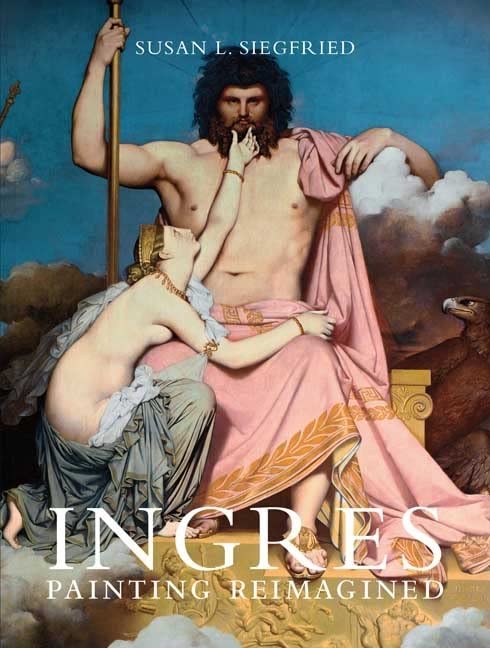Ingres: Painting Reimagined | Susan L. Siegfried

Detalii Ingres: Painting Reimagined | Susan
carturesti.ro
274.8 Lei
458 Lei
Carte straina
Yale University Press
Ingres: Painting Reimagined | Susan - Disponibil la carturesti.ro
Pe YEO găsești Ingres: Painting Reimagined | Susan de la Yale University Press, în categoria Carte straina.
Indiferent de nevoile tale, Ingres: Painting Reimagined | Susan L. Siegfried din categoria Carte straina îți poate aduce un echilibru perfect între calitate și preț, cu avantaje practice și moderne.
Caracteristici și Avantaje ale produsului Ingres: Painting Reimagined | Susan
- Departament: gaming-carti-birotica
- Ideal pentru pasionații de jocuri, birotică și distracție online.
Preț: 274.8 Lei
Caracteristicile produsului Ingres: Painting Reimagined | Susan
- Brand: Yale University Press
- Categoria: Carte straina
- Magazin: carturesti.ro
- Ultima actualizare: 12-08-2024 01:04:41
Comandă Ingres: Painting Reimagined | Susan Online, Simplu și Rapid
Prin intermediul platformei YEO, poți comanda Ingres: Painting Reimagined | Susan de la carturesti.ro rapid și în siguranță. Bucură-te de o experiență de cumpărături online optimizată și descoperă cele mai bune oferte actualizate constant.
Descriere magazin:
Jean-Auguste-Dominique Ingres (1780-1867) produced a body of work that strongly appealed to his contemporaries while disconcerting them. The odd qualities of his work continue to fascinate scholars, critics, and artists today. For the most part scholars have sought to make sense of that strangeness either by examining the vicissitudes of the artist\'s critical reputation or by appealing to his supposed intellectual and psychic limitations. Siegfried argues that this strangeness needs to be located in the complex and richly-invested nature of the work itself as well as in Ingres\' very powerful, if often perverse, sense of artistic project. She shows that his major re-thinking of pictorial narrative was as central to his achievement and reputation as his distinctive rendering of the female figure in classical nudes and portraits. Creative in his choice and interpretation of classical literary, historical, and religious subjects, he was engaged in a complex process of giving visual form to narrative, which he did in new and unusual ways that involved him in a close reading of the texts on which he drew, including authors such as Homer, Virgil, Ariosto, and Dante, as well as religious narratives and stories about medieval and early modern French history that were becoming popular in the period. This book takes full account of the different and seemingly divergent aspects of Ingres\' achievement. Recognizing that his work was fragmentary and contradictory, Siegfried\'s study sees those traits as constitutive of the imaginative power of his work and of its very real and singularly affecting complexity. The book encompasses a wide range of his activities as an artist and of the different registers in which he operated, including his obsessive research into source material, his proliferating drawing practice and his intensive working and reworking of his finished paintings. The complexities of his practice are elucidated with reference to contemporary correspondence, commission documents and critical reviews that shed light on his work and ambitions.

Produse asemănătoare
Produse marca Yale University Press

The Eastern Orthodox Church: A New History, Hardcover/John Anthony McGuckin
![]() elefant.ro
elefant.ro
Actualizat in 28/10/2025
198.99 Lei

The Last Shah. America, Iran, and the Fall of the Pahlavi Dynasty, Paperback/Ray Takeyh
![]() elefant.ro
elefant.ro
Actualizat in 28/10/2025
108.99 Lei

Hoax. The Popish Plot that Never Was, Hardback/Victor Stater
![]() elefant.ro
elefant.ro
Actualizat in 28/10/2025
144.99 Lei

The Coming of the Railway. A New Global History, 1750-1850, Hardback/David Gwyn
![]() elefant.ro
elefant.ro
Actualizat in 28/10/2025
180.99 Lei

Norfolk 1: Norwich and North-East, Hardback/Bill Wilson
![]() elefant.ro
elefant.ro
Actualizat in 28/10/2025
505.99 Lei
